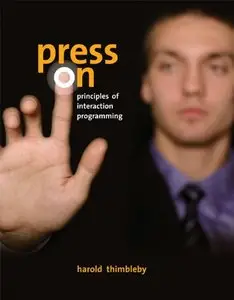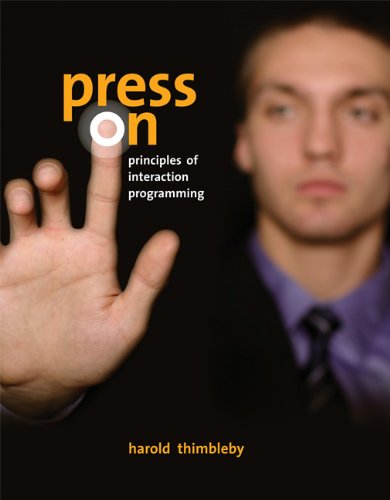Press On: Principles of Interaction Programming by Harold Thimbleby
English | ISBN: 0262201704, 0262514230 | 2007 | PDF | 528 pages | 4,7 MB
English | ISBN: 0262201704, 0262514230 | 2007 | PDF | 528 pages | 4,7 MB
Interactive systems and devices, from mobile phones to office copiers, do not fulfill their potential for a wide variety of reasons–not all of them technical. Press On shows that we can design better interactive systems and devices if we draw on sound computer science principles.
It uses state machines and graph theory as a powerful and insightful way to analyze and design better interfaces and examines specific designs and creative solutions to design problems. Programmers–who have the technical knowledge that designers and users often lack–can be more creative and more central to interaction design than we might think. Sound programming concepts improve device design.
Press On provides the insights, concepts and programming tools to improve usability. Knowing the computer science is fundamental, but Press On also shows how essential it is to have the right approaches to manage the design of systems that people use. Particularly for complex systems, the social, psychological and ethical concerns–the wider design issues–are crucial, and these are covered in depth. Press On highlights key principles throughout the text and provides cross-topic linkages between chapters and suggestions for further reading. Additional material, including all the program code used in the book, is available on an interactive web site. Press On is an essential textbook and reference for computer science students, programmers, and anyone interested in the design of interactive technologies.Harold Thimbleby is Professor of Computer Science at Swansea University, Wales. He is the author or editor of a number of books, including User Interface Design, and nearly 400 other publications.



